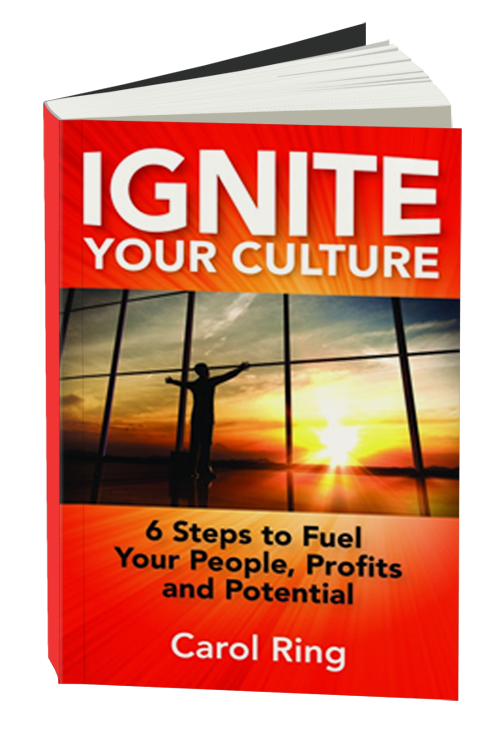
Ah, the good old days. Pre-pandemic you had your strategic direction well defined. You had a good workplace culture. The two were entwined and in lockstep together.
Then your universe was rocked.
A whole new world
Quickly, you went back to the drawing board. Survival meant shifting your strategic direction and priorities. From storefront to on-line, from indoor dining to delivery, from provider centric to patient centric healthcare. And faced with this crisis, your people stepped up. They fired up their innovation, agility, and collaboration.
And now that the peak has passed, you find your organization ahead of the original plan. Initiatives that had been planned for three years out have been accomplished in one. Except for one. Your culture has been left behind.

The culture mismatch
Leaders want to maintain the new cultural attributes that helped them successfully navigate through these challenging times. However, that was a crisis culture. This is not the natural state for many of your employees. In fact, there are three camps of employees in your midst that you need to be aware of.
There are some employees who didn’t really enjoy the previous culture, and are happier now that the organization has been operating under new values that are more aligned to their personal values.
There’s a group of employees who are anticipating that things will go back to the way they were. They feel more aligned with the old ways of doing things.
And finally, there’s a group in the middle who are confused about what the culture is going to be going forward and how will that fit their needs?
I believe this is part of the Great Resignation that is going on. Companies are in the middle of an unconscious culture shift and employees have decided that are no longer going to work in an environment that doesn’t match up with what’s important to them.
Confusing cultures = poor productivity
While the strategic plans have jumped ahead, and continue to barrel forward, our employees are struggling to keep up. As a result, our cultures are being left behind. Many of us are discovering that this mixture of doing things the old way, along with the crisis way of doing things, has created a recipe for poor productivity.
Royal Ottawa Hospital CEO Joanne Bezzubetz describes it this way. “We had already been experimenting with digital health delivery, so ramping up the plan was the easy part. Now, our whole strategic plan has been accelerated. That’s what worked well. What didn’t work so well was the deep-seated views of ‘this is the way we’ve always done it’ that at times interfered with the new direction. Now it’s time to focus on getting our culture aligned in order to ensure success.”
It would be a shame if all the innovative gains that have been made get sabotaged by cultures that haven’t purposely shifted to meet this new environment. The time has never been better, more urgent actually, to get a handle on your current culture. We’ve all been managing and leading long enough to know that these problems rarely fix themselves. In fact, if left to their own devices they will fester, multiply and get more severe over time.
If you’re curious about how you can measure your culture in order to ensure you get the amazing business outcomes you desire, let’s chat.
Did you enjoy this article? You might find these helpful, as well:
Why Your Employee Engagement is Just the Tip of the Iceberg
How to Ensure Your Company Culture is Post-pandemic Ready
The Key Characteristics of an Incredible Workplace Culture


